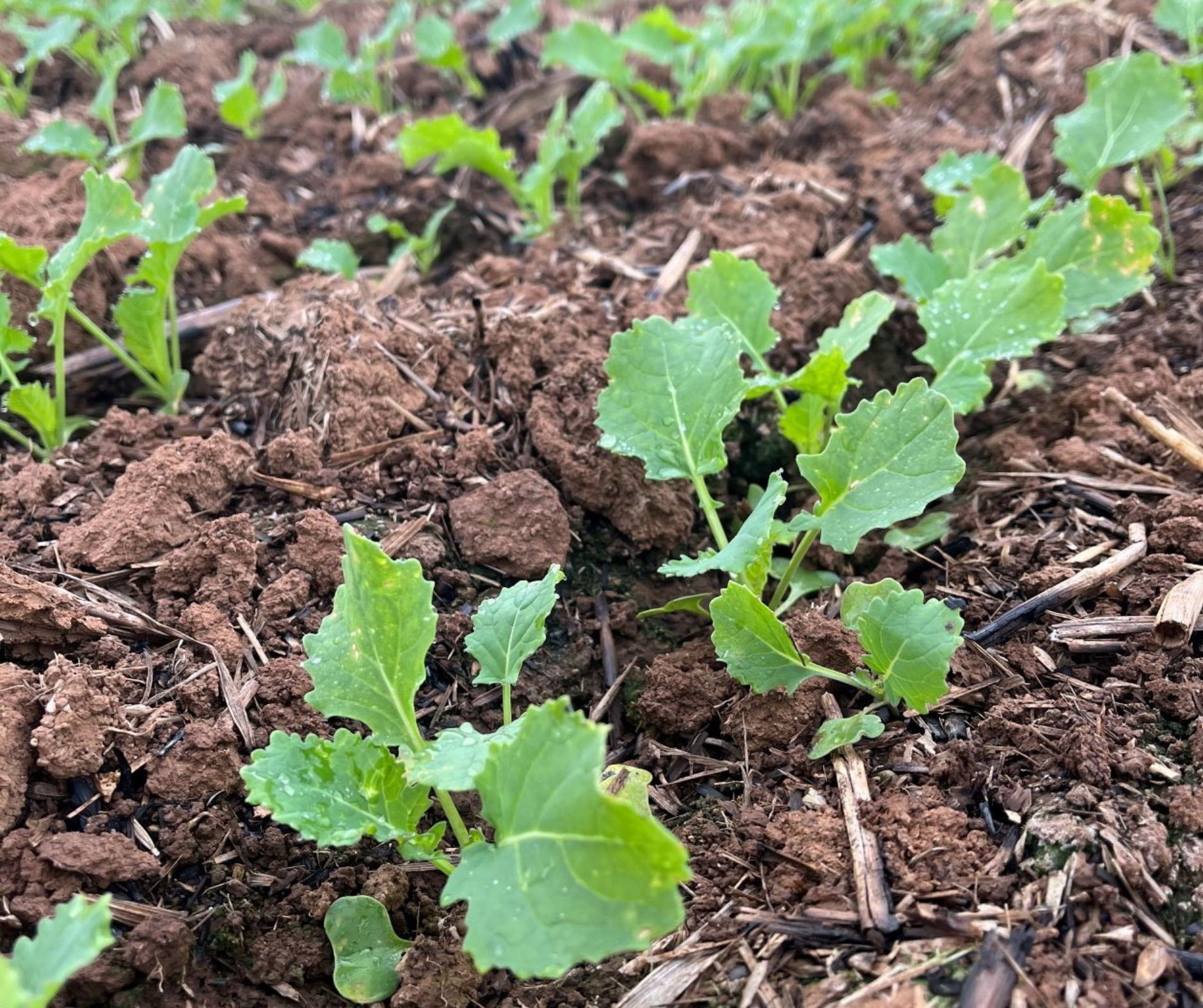
After two years of above-average rainfall, slugs are again making their presence known across the Riverine Plains, especially in canola. The moist conditions experienced in Spring (and, for that matter, harvest/Summer) have created ideal breeding conditions for slugs. Damage is being reported in previously unaffected areas and has been severe enough to require re-sowing in some canola paddocks.
While many will already have their autumn slug baiting program complete, farmers that have been busy with their sowing programs may not have had time to get out there and do a thorough check. If slug monitoring has slipped down your to-do list, there’s still time to set out some refuge traps or bait lines to help understand your risk and get on top of any likely damage.
Which slug do you have?
The Black Keeled slug and the Grey Field Slug are generally responsible for early crop and pasture damage in the Riverine Plains, but Brown Field slugs can also pose a threat. Understanding which slug you have is key to deciding on your control options, as each species behaves differently. It is possible to have more than one species in a paddock, meaning that a single baiting might only target one species, leaving crops vulnerable to damage by another type of slug.
The Black Keeled slug is common locally. Their burrowing trait helps their populations survive over Summer and in drier environments. They tend to burrow down as moisture recedes over Spring and Summer before re-emerging in about the third week of May, just as canola or wheat emerges. They lay their eggs on the soil surface, and the juveniles feed over Winter and Spring before maturing into adults. They can also be active year-round if conditions are right and attack germinating seeds underground. Using refuges to determine population numbers can be hit and miss with this species, so regular use of a moisture probe from Spring onwards will help gauge moisture and when slugs are coming back to the surface.
Grey Field slugs are also common in the Riverine Plains. They are primarily surface-active in response to moisture after the Autumn break but can be active/breed all year if conditions are right. They seek moisture refuge in soil cracks, under rocks, and plant material in dry soil, so removing these shelters can delay breeding and reduce numbers. Refuge traps and strip baiting are excellent ways to estimate numbers.
Brown Field slugs are mainly surface-active but can burrow to shallow depths and are more common when pasture is a regular part of the crop rotation.
High-risk situations
Slug control requires a mix of cultural controls such as Summer weed control, incorporation, burning or rolling (where appropriate), and chemical options applied at sowing. Reduced tillage, stubble retention, and irrigation increase soil moisture, which can increase the risk of damage because slugs need moisture to be active/breed. Soils in the high rainfall zone and those with lots of clay or organic matter have a higher risk of slug pressure.
Monitoring early (from Spring onwards) can indicate paddocks that might require a more comprehensive baiting program at sowing. Several baits are available, and the choice will depend on the conditions and the population present. While a cheaper bait might be suitable in drier years, a more expensive product giving 3-4 weeks of protection (rather than 1 or 2) might be preferable in wetter years. Cold temperatures or significant rainfall can result in bait failures. Bait may also need to be re-applied when populations are high or if there are multiple species in the same paddock emerging at different times.
Understanding your slug population and likely density can lessen the risk of damage at crop establishment and inform your baiting program.
References/more information:
Author
NEWS
Keep up to date with the latest news from across the Riverine Plains.
-
Livestock
-
People
-
Grains
-
Sustainability

